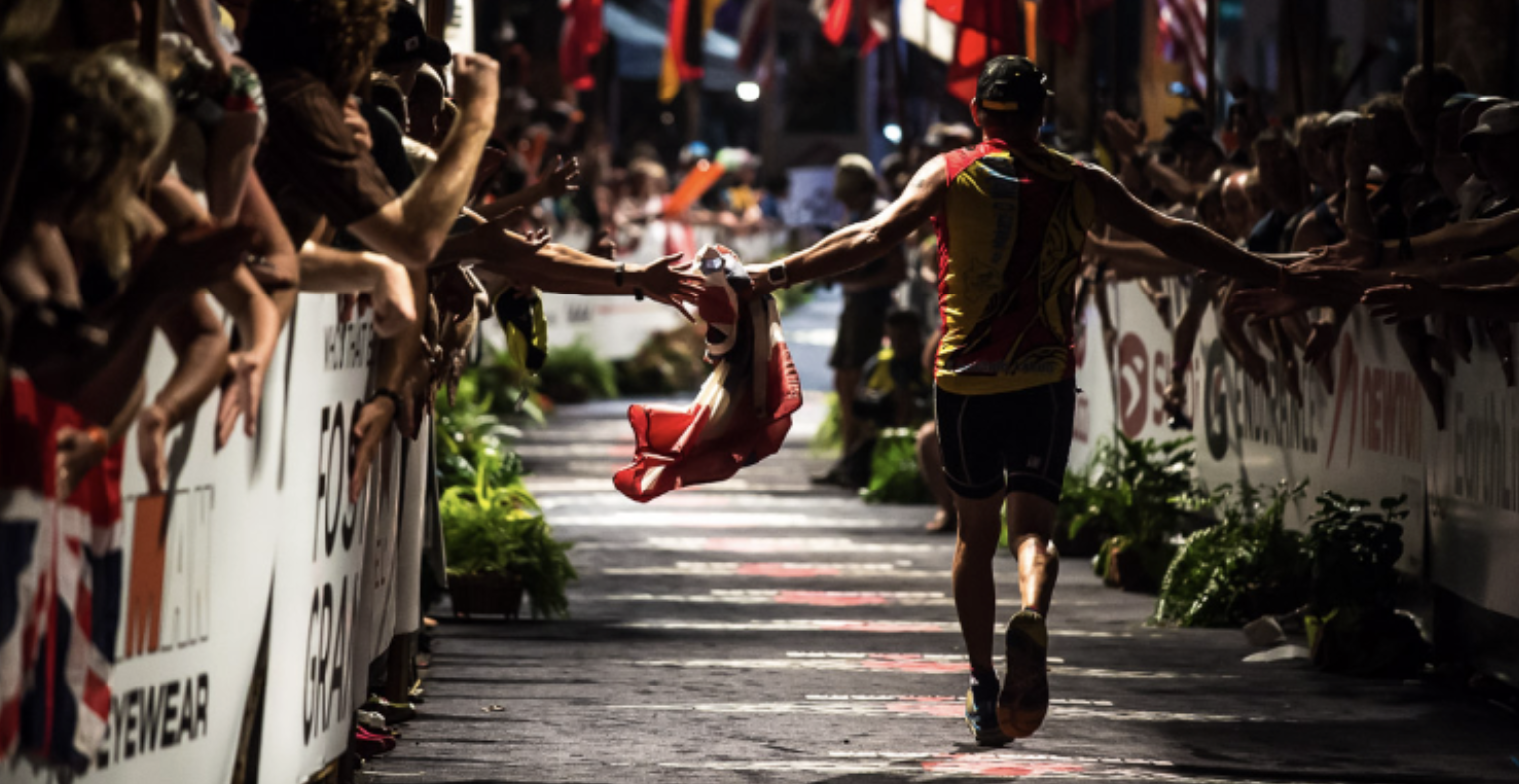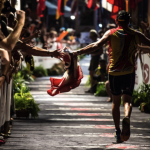Ironman has just announced a major overhaul to its World Championship qualification process for Age Group athletes. For those dreaming of a coveted slot for the Ironman World Championship on Kona or the Ironman 70.3 World Championship, the path is set to change significantly. Starting next year, qualification will no longer rely solely on Age Group rankings and slot allocation based on participant numbers. Instead, the new system shifts focus to actual performance – comparing finish times to a global benchmark within each athlete’s category.
What’s Changing?
In short: Ironman is replacing its traditional slot allocation model – which distributed championship slots per Age Group based on field size and podium placements – with a performance-based qualification system. At its core is the comparison of athletes’ finish times to an international benchmark known as the Kona Standard (for full-distance) or 70.3 Standard. The closer an athlete’s time is to this benchmark – or the faster they are – the better their chances of earning a World Championship slot.
The new system consists of two main phases:
- Automatic Qualification for Age Group Winners:
The winner of each Age Group (male and female) will automatically qualify. If the winner declines the slot, it will roll down to the second- or third-place finisher. If all three decline, the slot moves into what Ironman calls the Performance Pool. - Performance Pool Allocation Based on Finish Time:
All remaining slots will be awarded based on age-graded finish times. These times are calculated by comparing an athlete’s result to the average finish time of the top 20% of World Championship athletes in that Age Group over the past five years. The closer an athlete’s time is to that benchmark – or if they exceed it – the higher their ranking and chance of receiving a slot.
Age-Graded: How It Works
While age-grading isn’t a new concept in endurance sports, Ironman is now formally integrating it into the Age Group qualification process. The organization has partnered with timing specialist Sportstats, which has extensive data from Ironman events worldwide.
For each Age Group and gender, a benchmark time has been established, based on the top 20% of finishers at World Championships over the past five years. These Kona and 70.3 Standards form the baseline for qualification and are designed to produce an objective, age-adjusted score.
This means that age – or the relative size of an athlete’s Age Group – will matter less. Instead, actual race performance becomes the deciding factor. Athletes who perform well against their global peers will be rewarded, while those who previously targeted lightly-contested races for easier qualification may now face bigger challenges. Simply finishing on the podium is no longer a guaranteed slot for the IM World Championship.
What Does the new system mean for Triathletes?
The implications for Age Group athletes could be significant. In the past, podium finishes in smaller or less competitive races often meant an automatic qualification. Under the new system, it will be crucial to post a truly competitive time.
On the other hand, athletes in large and highly competitive Age Groups – like M35-39 or M40-44 – may benefit. According to Ironman, the new system is designed to assess performance across age and gender, potentially giving those in stacked fields a fairer shot at qualification based on time alone. However, how this plays out in practice remains to be seen, especially in Age Groups where the fastest times are typically recorded.
Constant Evolution
Ironman describes the new qualification framework as the result of ‘years of testing, gathering feedback, and refinement’. A new Championship Competition Advisory Group will also be formed, providing athlete input and regularly reviewing the system’s effectiveness. Benchmark times will be updated annually based on the most recent World Championship results.
When Does the New System Begin?
The new qualification system takes effect this year. Ironman 70.3 Jönköping and Ironman 70.3 Muskoka, both held on July 6, will be the first races to implement the changes. For the Full Distance Ironman races, Ironman Kalmar and Ironman Copenhagen – on the weekend of August 16–17 – will mark the start.
Example Qualification Times Per Age Group
It’s not yet fully clear what specific times will be needed per Age Group to qualify under the new system. However, Ironman has released example benchmarks based on recent events like Ironman Texas and Ironman 70.3 Mallorca.




